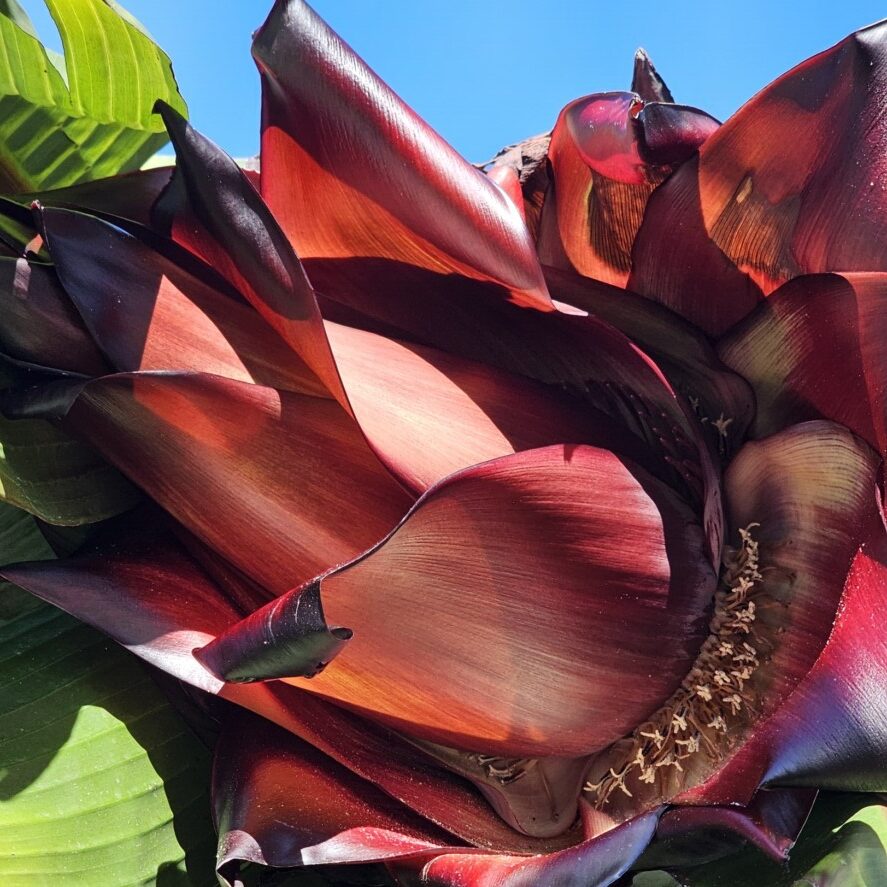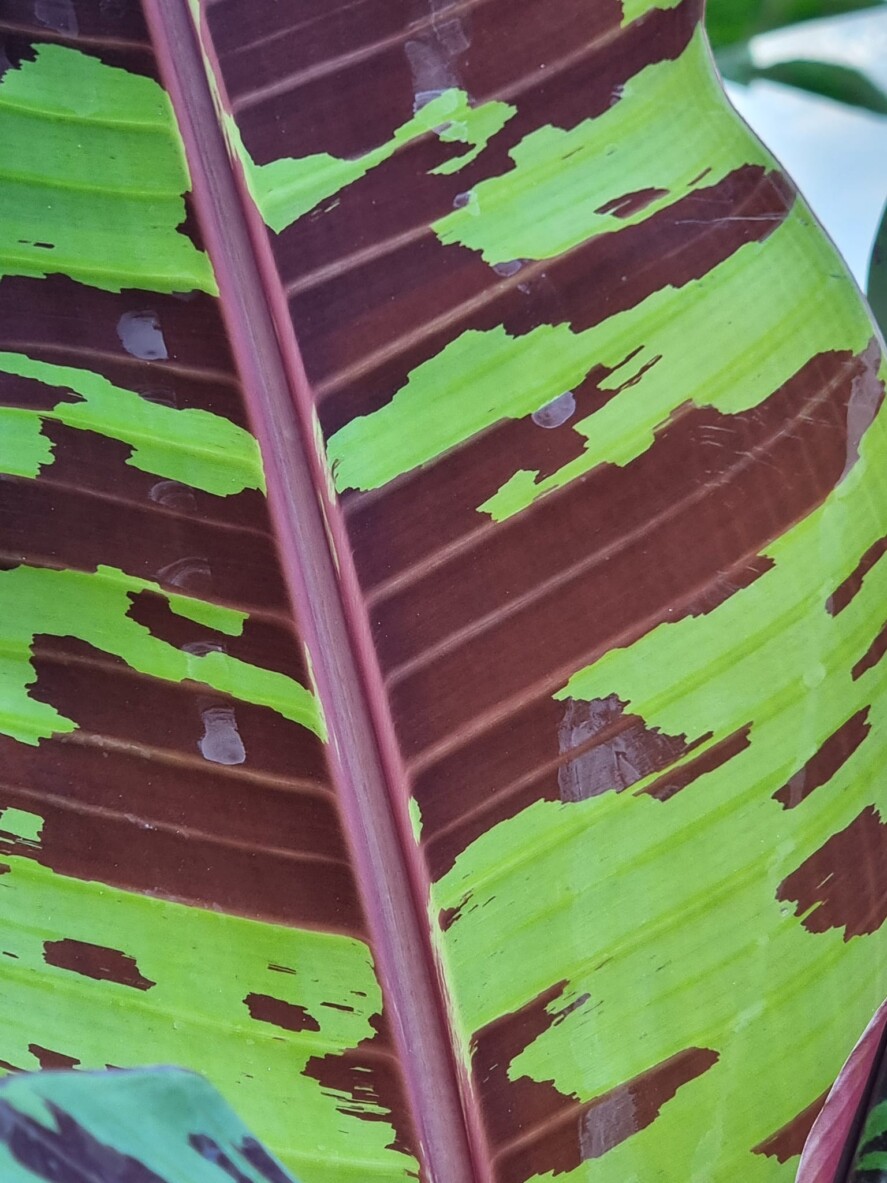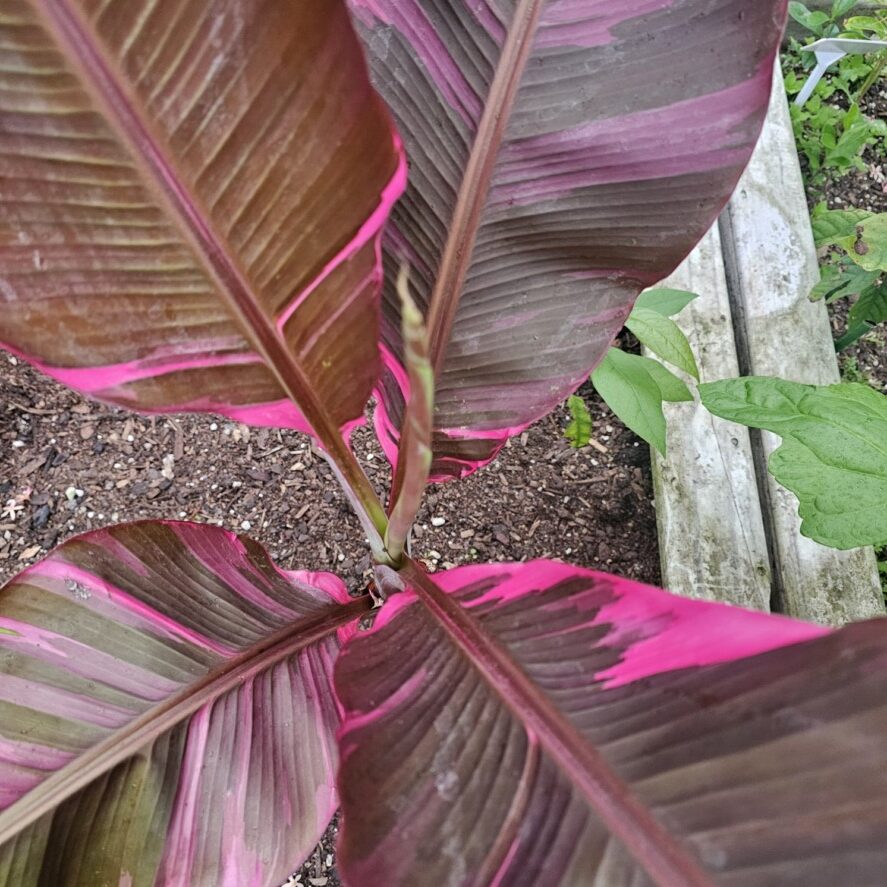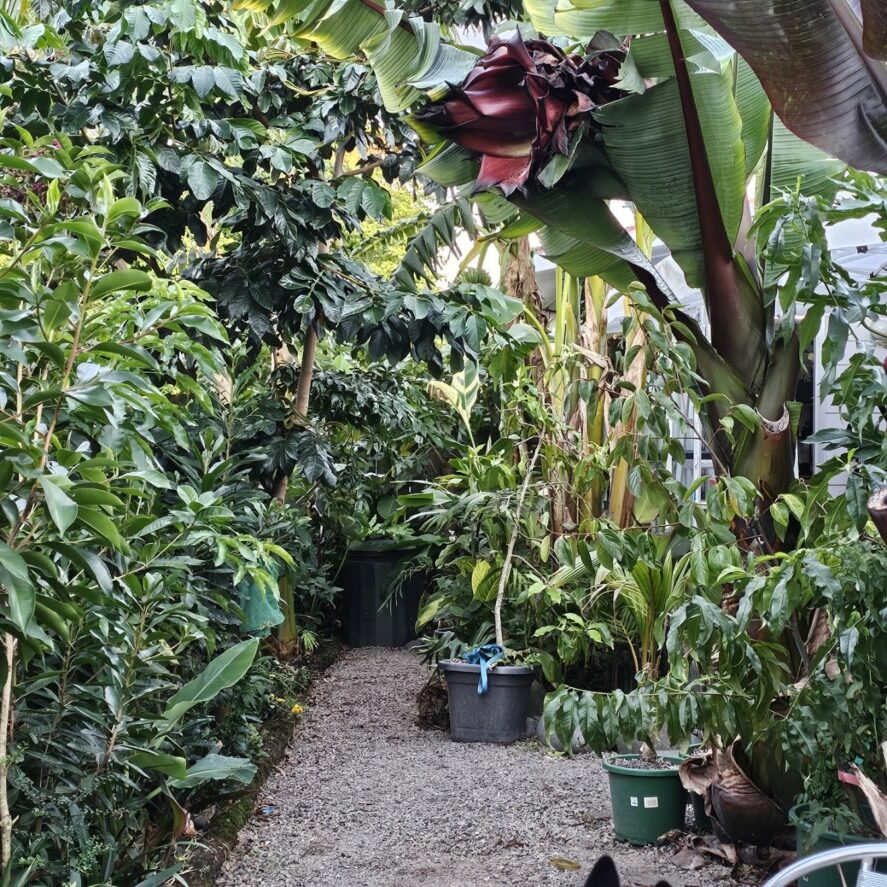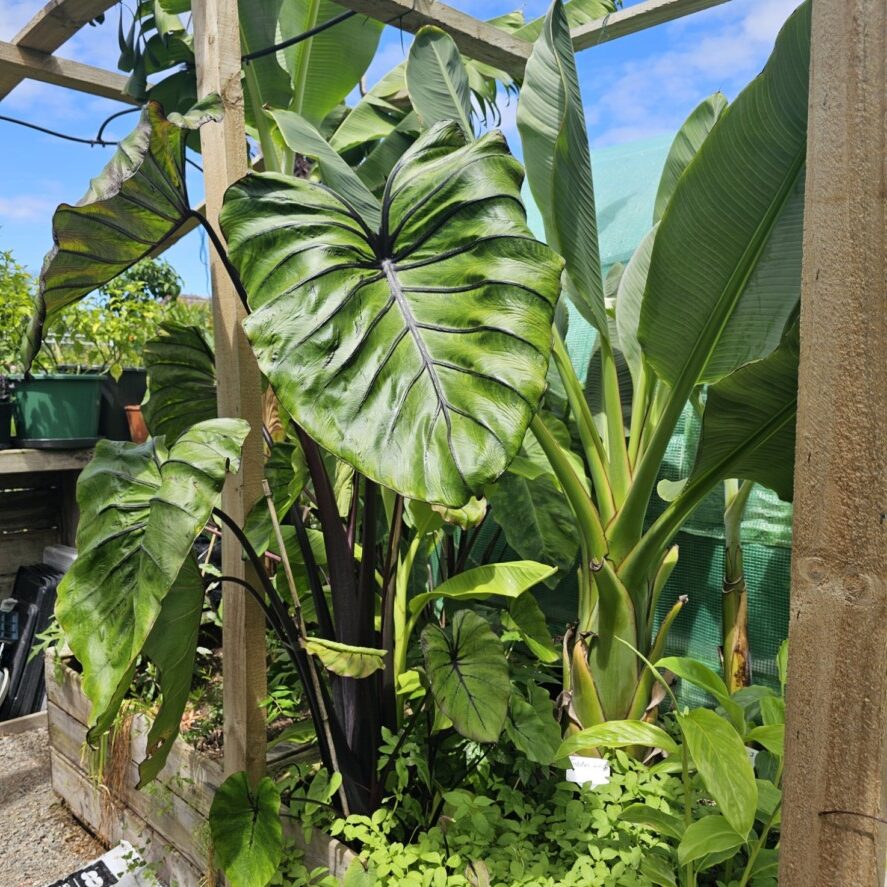Apple – Growing and Caring for Tropical Apple Varieties in Warm Climates
Most people may not realize that tropical apple varieties can thrive in warm climates, providing you with delicious fruit and a unique gardening experience. In this post, you will learn the necessary steps for cultivating and nurturing these trees, ensuring they flourish despite the heat. From choosing the right varieties to implementing effective care techniques, you will discover how to maximize your yields while protecting your plants from pests and diseases. Dive into the world of tropical apples and transform your garden into a fruitful paradise.
Tropical Apple Varieties
Apples are often associated with temperate climates, but several tropical apple varieties thrive in warmer conditions. These cultivars have adapted to the specific needs of tropical regions, offering gardeners the opportunity to grow delicious fruit in climates that were previously thought unsuitable for apple production. Exploring these tropical varieties can expand your gardening options and allow you to enjoy apples right in your backyard.
Low-Chill Cultivars
For warm climates with mild winters, low-chill cultivars are particularly suitable as they require fewer chilling hours to set fruit. Some popular options include the Anna and Dorset Golden apples, which flourish in tropical and subtropical areas, allowing you to harvest fresh apples without the need for significant cold exposure.
Heat-Tolerant Varieties
Above all, heat-tolerant varieties are important for successful apple cultivation in warmer regions. They are specifically bred to withstand high temperatures while maintaining fruit quality, making them ideal for your warm climate garden.
With heat-tolerant apple varieties, such as the Gala and Fuji, you can enjoy a bountiful harvest even during scorching summers. These apples have developed tolerance to heat stress, ensuring that they produce sweet and juicy fruit despite prolonged periods of high temperatures. By incorporating these varieties into your orchard, you’ll not only enhance your gardening experience but also ensure a vibrant supply of apples that can withstand the challenges posed by your hot climate.
Climate Requirements
While growing tropical apple varieties, understanding their climate requirements is vital for success. These trees thrive in warm environments with plenty of sunshine and are sensitive to frost. Ideally, you should aim to cultivate them in a region where the temperature does not drop below 25°F (-4°C) during the winter months, ensuring a stable and inviting atmosphere for growth.
Temperature Considerations
Between 70°F and 90°F (21°C – 32°C), tropical apples flourish, producing delicious fruit. However, temperatures below 32°F (0°C) can damage blossoms, while prolonged heat above 100°F (38°C) may stress the trees, leading to reduced yields.
Humidity and Rainfall Needs
Behind maintaining your tropical apple trees’ health, adequate humidity and rainfall are vital. You should aim for a relative humidity of at least 50%, while also ensuring that your trees receive around 40 to 60 inches of rain annually.
It is important to ensure your tropical apple trees receive consistent moisture without becoming waterlogged. They prefer well-draining soil and should not be exposed to standing water. Monitor your rainfall closely and consider using irrigation during dry spells to keep the soil adequately moist. Excessive humidity can lead to fungal diseases, while too little can result in dry, stressed trees. Proper management of both factors will optimize your growth and fruit quality.
Site Selection and Soil Preparation
You need to choose a location that receives full sunlight for at least six to eight hours daily and has protection from strong winds. Ideally, a sloped area facilitates drainage, preventing waterlogging, which can harm your tropical apple trees. Soil must be well-aerated and rich in organic matter to support healthy growth.
Optimal Growing Locations
About warm, tropical climates near the equator, where temperatures do not dip below 32°F (0°C), provide the best conditions for tropical apple varieties. Regions such as parts of Southeast Asia, South America, and the Caribbean help encourage vigorous growth and abundant fruit production.
Soil Requirements and Amendments
Beside ensuring proper drainage, your soil must be loamy with a pH level between 6.0 and 6.8 for optimal growth. Adding organic materials like compost or aged manure enriches the soil, providing necessary nutrients.
Due to variations in soil composition, it’s important to conduct a soil test to determine nutrient levels and pH. Adding lime can raise pH if needed, while sulfur lowers it. It’s also beneficial to incorporate well-rotted compost to improve nutrient density and moisture retention. Pay attention to heavy clay soils, as they can restrict root growth and water movement; adding gypsum can help alleviate compaction. Maintenance of your soil through these amendments will allow your tropical apple trees to flourish in a healthy environment.
Planting and Tree Care
All tropical apple varieties require careful attention during their early stages to ensure healthy growth. You should choose a well-drained location with plenty of sunlight, as these trees thrive in warm climates. When planting, make sure the hole is twice the width of the root ball to promote root development. Regular monitoring for pests and diseases during this stage will also support your trees in establishing a strong foundation.
Planting Techniques
An effective planting technique starts with selecting the right time of year, ideally during the warm season when the soil is moist but not waterlogged. Dig a hole deep enough to accommodate the tree’s root system and provide ample space for growth. Gently loosen any compacted roots and place the tree in the center of the hole, filling with soil while ensuring that the graft union is above ground level.
Irrigation Systems
At the core of maintaining vibrant tropical apple trees is a reliable irrigation system that supports their water needs, especially during dry periods. You may consider using drip irrigation, as this method delivers water directly to the roots, minimizing evaporation and runoff. Ensure your system is adjustable to accommodate varying weather conditions.
Careful management of your irrigation system is important for tropical apple trees. Monitor soil moisture levels regularly, as overwatering can lead to root rot while underwatering can hinder growth and fruit production. It’s advisable to implement a schedule that aligns with local climate conditions, allowing you to adjust watering frequency during dry spells or rainy seasons. Consider utilizing mulch to maintain soil moisture and reduce water evaporation from the surface.
Fertilization Schedule
Any successful tropical apple cultivation depends on a solid fertilization schedule to ensure healthy growth and fruit production. You should apply a balanced fertilizer that is rich in potassium and phosphorus, as these nutrients promote flowering and fruiting. Start fertilizing in early spring and repeat every six to eight weeks during the growing season.
This careful fertilization regimen will feed your trees and foster strong, productive growth. Adjust the fertilizer type and dosage based on your soil’s nutrient levels for optimal results. Regular soil testing will help you track nutrient availability and ensure your trees receive the appropriate balance of nutrients, enhancing both their health and fruit quality.
Disease and Pest Management
Not addressing disease and pest threats can lead to significant losses in your tropical apple cultivation. You need to maintain regular monitoring and implement sound management strategies to keep your apple trees healthy and productive throughout their growing season.
Common Tropical Diseases
Across tropical regions, various diseases can impact your apple trees, including anthracnose, powdery mildew, and fire blight. These pathogens thrive in warm climates and can severely affect fruit quality and yield if not managed effectively.
Pest Control Strategies
Among the strategies that can safeguard your tropical apples, integrated pest management (IPM) plays a vital role. This approach combines cultural practices, biological control, and judicious use of chemical pesticides to reduce pest populations while minimizing environmental impact.
For instance, by implementing cultural practices such as proper spacing and sanitation, you can create conditions that are less favorable for pests. Utilizing natural predators, like ladybugs against aphids, is another effective strategy. Additionally, when necessary, select targeted chemical treatments that are specific to the pests affecting your trees, ensuring that beneficial insects remain unharmed. By being proactive and employing these diverse tactics, you can significantly reduce the risk of pest infestations, maintaining the health and productivity of your tropical apple varieties.
Harvesting and Storage
Despite the challenges of growing apples in warm climates, proper harvesting and storage techniques can ensure that your tropical apple varieties reach optimal flavor and texture. Timing is key; harvesting at the right moment minimizes spoilage and maximizes the quality of your fruit. Use gentle handling to maintain the integrity of your apples and extend their storage life.
Ripeness Indicators
Harvesting your apples at the perfect time relies on several ripeness indicators. Look for a slight color change in the skin, a firm texture, and fruit that easily separates from the tree. Additionally, you can gently twist the apple; if it comes off with little resistance, it is ready for harvesting.
Post-Harvest Handling
At this stage, effective post-harvest handling is vital to preserving the quality of your apples. Ensure that you remove any damaged fruit immediately to prevent decay from spreading, and store the apples in a cool, dry place. Proper ventilation is important during storage to minimize moisture accumulation, which can lead to mold.
For instance, once harvested, store your apples in individual cardboard boxes to prevent bruising and allow air circulation. Ensure that your storage area maintains a temperature between 30 to 35 degrees Fahrenheit and a humidity level of around 90%. These conditions will help maintain crispness and flavor, enhancing your apple’s shelf life. Additionally, regularly inspect your stored apples for signs of decay or spoilage, as addressing issues promptly can save your entire harvest.
Summing up
Drawing together the insights on growing and caring for tropical apple varieties in warm climates, you will find that selecting the right cultivars, understanding their unique needs, and providing optimal conditions are crucial for your success. By implementing thoughtful care practices and adapting your techniques to your local environment, you can enjoy a fruitful harvest while contributing to the biodiversity of your garden. Your efforts will not only yield delicious fruits but also enhance your gardening experience in warm climates.

